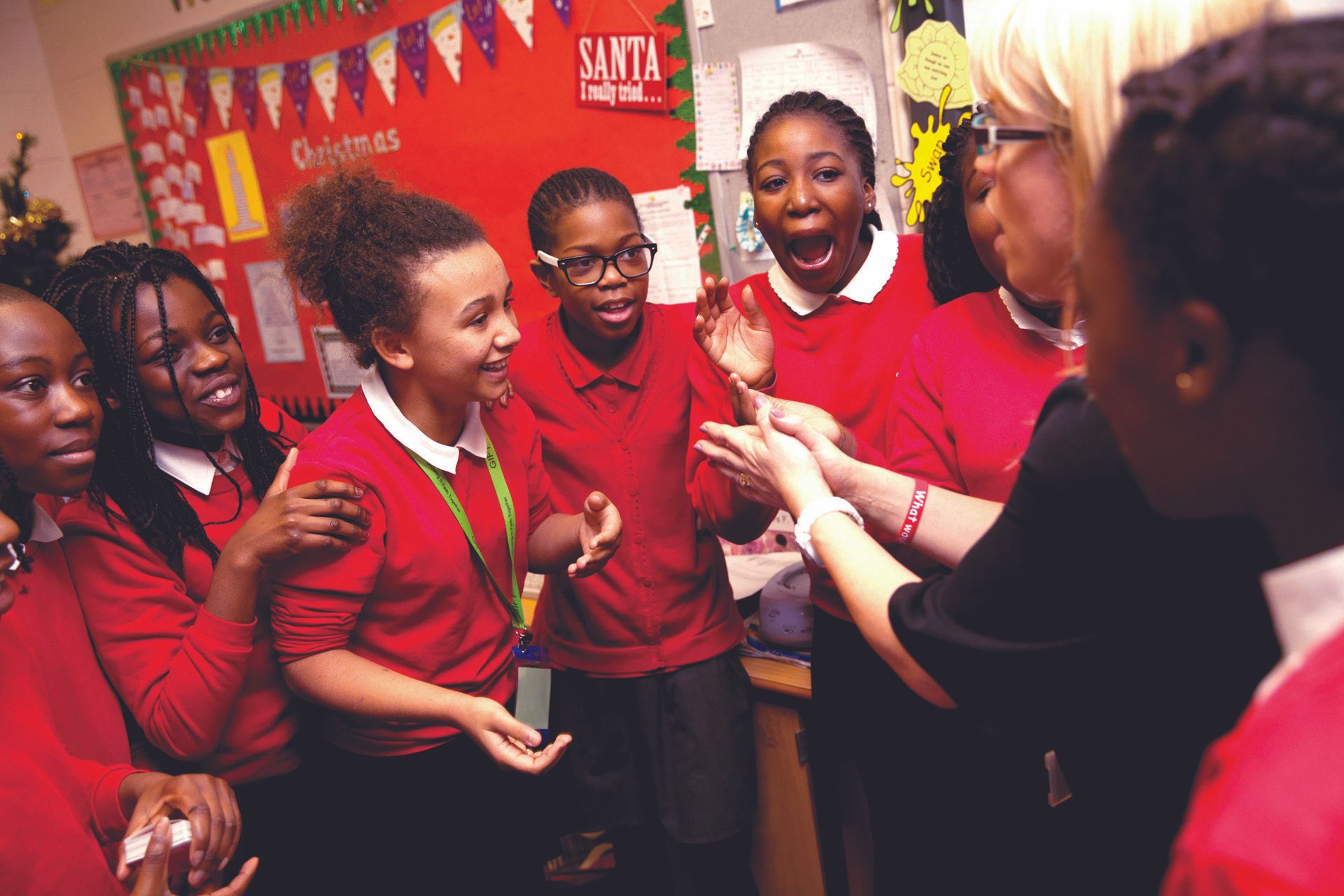
Slide title
Write your caption hereButton
Art and Design
Intent
Our Art and Design Curriculum supports pupils to meet the National Curriculum end of key stage attainment targets. We aim to provide our pupils with the confidence, knowledge and skills to
- Discuss art forms
- Explore different forms of art
- Explore different forms of art and find their personal preferences
- Explore and develop their artistic abilities
- Understand and experience key art concepts whilst learning about great artists.
Implementation
Our Art and Design Curriculum includes the following strands
- Making skills
- Formal elements (line, shape, tone, texture, pattern, colour)
- Knowledge of artists
- Evaluating
Pupils have the opportunity to learn and practise skills discreetly. The knowledge and skills from these units are then applied through other units throughout the school year. Key skills are revisited again and again with increasing complexity in a spiral curriculum model. This allows pupils to revise and build upon their previous learning.
The curriculum develops pupil’s knowledge and understanding of key artists and art movements and links to artists through practical work. Our units will scaffold and support essential and age-appropriate sequenced learning and will also be adapted to fit with other areas of the school’s curriculum.
The curriculum supports pupils in how to make creative choices and decisions so that their art outcomes, whilst still being knowledge rich, are unique to the pupil and personal.
Lessons are practical in nature and encourage experimental and exploratory learning. Lessons are differentiated so they can be accessed and enjoyed by all and opportunities to stretch pupil’s learning are taken.
Knowledge organisers support pupils in building a foundation of factual knowledge by encouraging recall of key facts and vocabulary.
Our
Curriculum Overview
for each year group
can be found by clicking
here
Our
Progression Document
for each year group can be found by clicking
here
Impact
Our curriculum is designed to involve our children in the evaluation, dialogue and decision making about the quality of their outcomes and the improvements that they need to make. This supports pupils to know facts and key information and also to talk confidently about their own learning journey and have a growing understanding of how to improve.
This can be monitored through both formative and summative assessment to ensure that pupils leave our school equipped with a range of techniques and the confidence and creativity to form a strong foundation for their Art and Design learning at Key Stage 3 and beyond.
It is expected that children will
- Produce creative work, exploring and recording their ideas and experiences
- Be proficient in drawing, painting, sculpture and other art, craft and design techniques.
- Evaluate and analyse creative works using subject specific language
- Know about great artists and the historical and cultural development of their art
- Meet the end of key stage expectations outlined in the National Curriculum for Art and Design.
Tel: 0161 223 9345
Fax: 0161 220 9110
St Willibrord’s RC Primary School, Vale Street, Clayton, Manchester. M11 4WR
admin@st-willibrords.manchester.sch.uk
Privacy Policy
Contact Us
©St WIllibrord's Roman Catholic School
Website design by Kittle Visual Marketing



